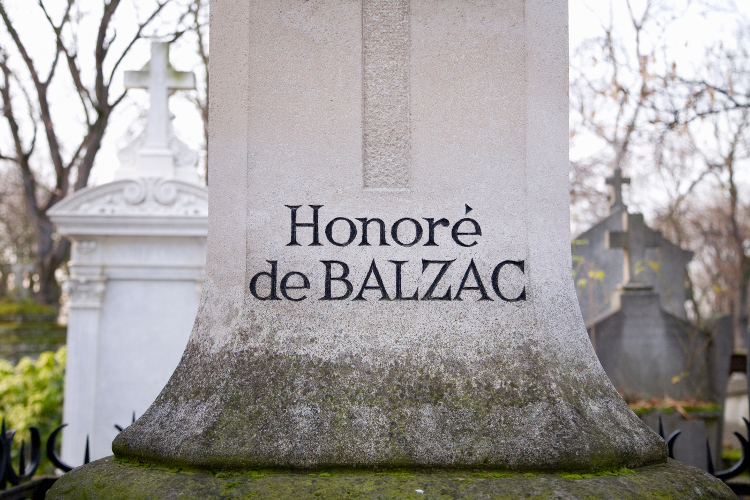
Start in the world’s most visited cemetery, a one-stop shop for venerating many literary figures including French playwright Molière – who made his name directing theatre at Palais Royale (forerunner to the Comédie Française), poets Jean de la Fontaine and Apollinaire, and writers Balzac, Proust, Gertrude Stein and Colette (who lived at Palais Royale next to the still fabulous restaurant Le Grand Véfour). Irish playwright Oscar Wilde (1854–1900) rests beneath a sculpted tomb, covered with a glass barrier to stop impassioned fans planting red lipstick kisses on the stone.
From Père Lachaise it is an invigorating walk or quick metro ride to engaging history museum Musée Carnavalet. Among its varied exhibits is the cork-lined bedroom from the boulevard Haussmann apartment where Marcel Proust wrote his 7350-page literary cycle À la Recherche de Temps Perdu (Remembrance of Things Past). Opposite is the room of Parisian writer Paul Léautaud (1872-1956) whose 1903 novel Le Petit Ami earned him a place in French literary history.
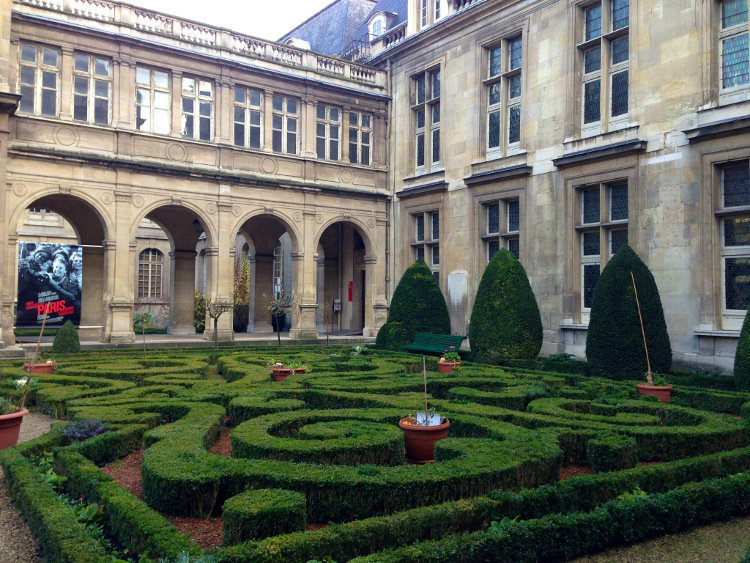
Walk south onto rue des Francs Bourgeois and turn left to reach place des Vosges. Between 1832 and 1848 novelist Victor Hugo lived in a 3rd-floor apartment in its northeastern corner, now the Maison de Victor Hugo. He completed Ruy Blas here.
Victor Hugo moved to Le Marais a year after the publication of Notre Dame de Paris (The Hunchback of Notre Dame), a Romantic Gothic novel about a bell ringer at the Cathédrale de Notre Dame. Cross the river to Île de Cité to ogle at gargoyles and other bestial sculptures on the cathedral rooftop. Flop afterwards on a bench with flying-buttress view on Square Jean XXIII.
Walk across Pont au Double to the Left Bank and lose yourself in books at Shakespeare & Company. The present incarnation of Paris’ most mythical bookshop was opened in 1951 by American-born George Whitman (buried at Père Lachaise). The shop attracts a beat-poet clientele and hosts weekly readings. Book worms can stack shelves here in return for a free bed.
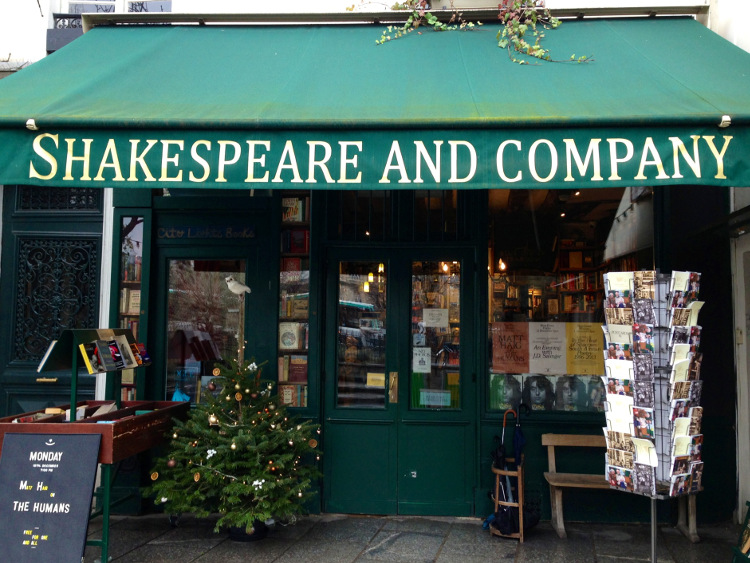
Follow the Seine west along quai des Grands Augustins, past the green box stalls of the city’s iconic bouquinistes (secondhand booksellers). Walk south along rue Dauphiné and rue de l’Ancienne Comédie, past Paris’ oldest café Le Procope (1686) where Molière and Balzac frequently went, to Carrefour de l’Odéon. Beyond, on rue de l’Odéon, browse an eclectic mix of bookshops: ancient manuscripts at No 1, antique books at No 4, and magnificent adventure stories Jules Verne-style at No 5. At no 12 a plaque remembers the original Shakespeare & Company bookshop where owner Sylvia Beach lent books to Hemingway, and edited, retyped and published Ulysses for James Joyce in 1922. The bookshop was closed during the Occupation when Beach refused to sell her last copy of Joyce’s Finnegans Wake to a Nazi officer.
When hunger beckons, hit Les Éditeurs, a café-restaurant-library with thousands of books to browse. Or feast on Victor Hugo’s Paris at Polidor with its 1845 decor and famous tarte tatin (upside-down apple pie). Midnight in Paris fans will recognise it as the place Owen Wilson’s character meets Hemingway (who dined here in his day).
From rue de l’Odéon walk or take the metro one stop to Cluny-La Sorbonne metro station where ceramic mosaics replicate the signatures of famous intellectuals and artists. Walk east along bd Saint Germain, then south along rue Saint Jacques, past the Sorbonne. Duck left towards the iconic neoclassical imposing dome of the Panthéon whose vast stark crypt shelters the tombs of countless luminaries, including Voltaire, Jean-Jacques Rousseau, Victor Hugo, Émile Zola and Alexandre Dumas. Don’t get lost.
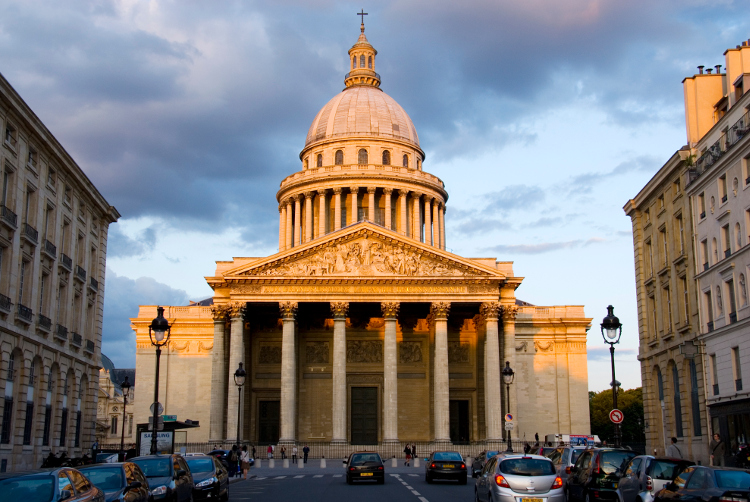
Ernest Hemingway (1899–1961) lived behind the Panthéon at 74 rue du Cardinal Lemoine, in an apartment with his first wife, Hadley, from January 1922 until August 1923. Grab a drink at Hemingway’s local hangout, Café Delmas.
Later, head west to Jardin du Luxembourg, the city park where lovers Marius and Cosette met in Victor Hugo’s Les Misérables.
Hemingway’s final years in Paris were spent at 6 rue Férou in St-Germain, on the northwest edge of Jardin du Luxembourg. The street today is considered one of Paris’ most literary thanks to the famous poem, Le Bateau Ivre (The Drunken Boat), painted on a wall here. French poet Arthur Rimbaud (1854-91) wrote the poem for symbolist poet Paul Verlaine (subsequent to becoming his lover) in a nearby café when he was just 16.
Bear north along rue Bonaparte onto bd St-Germain where Jean-Paul Sartre, Simone de Beauvoir and other post-war intellectuals hung out at Les Deux Magots and Café de Flore. Don’t miss the Musée des Lettres et Manuscrits with its absorbing handwritten letters and works by Victor Hugo, Hemingway, F Scott Fitzgerald et al.
North of the boulevard, Henry Miller stayed in 1930 in a 5th-floor mansard room at 36 rue Bonaparte, which he later wrote about in Letters to Emil (1989). To sleep in the room where Oscar Wilde died in 1900 after declaring on his deathbed ‘My wallpaper and I are fighting a duel to the death – one of us has got to go’, reserve room 16 at L’Hôtel.
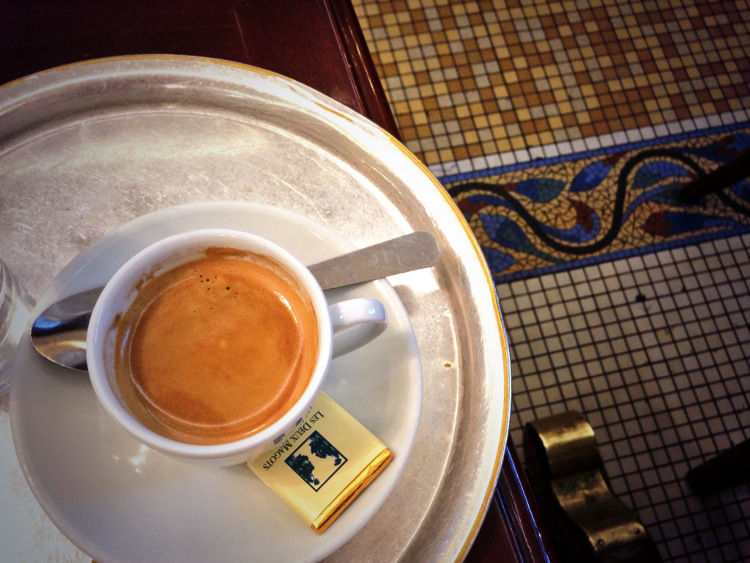
A trip south on the metro brings you to Montparnasse in the 14th arrondissement (district). In the early 20th century seminal artists and writers frequented cafes and brasseries here, including Le Dôme and La Coupole. Hemingway wrote parts of The Sun Also Rises at La Closerie des Lilas.
Philosopher Jean-Paul Sartre is buried in Cimetière du Montparnasse with writer Simone de Beauvoir, known for her groundbreaking study Le Deuxième Sexe (The Second Sex, 1949). Other illustrious literary residents include poet Charles Baudelaire, writer Guy de Maupassant and playwright Samuel Beckett.
From Gare de Montparnasse, die hard Balzac fans can ride seven stops on metro line 6 to Passy in the 16th arrondissement to visit the Maison de Balzac. The realist novelist lived and worked here between 1840 and 1847.
Otherwise hop aboard a northbound metro (line 13) from Gare de Montparnasse to Place de Clichy and follow signs for Cimetière de Montmartre, resting place of writers Émile Zola (gravestone only as his ashes were moved to the Panthéon in 1908), Alexandre Dumas and Stendhal, among others.
No literary address is more romantic than Montmartre’s Musée de la Vie Romantique, located in a green-shuttered villa at the end of a cobbled lane. Visit the George Sand exhibition followed by un thé (tea) in the flower-filled garden.